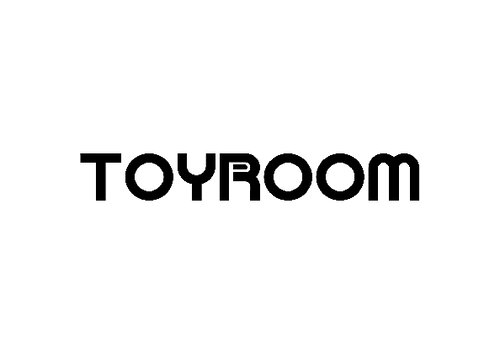The theory of Loose Parts is special. Its source is unusual.
Simon Nicholson, an architect, introduced this theory in 1971 in an article interestingly titled “How not to cheat children – The theory of Loose Parts”
Nicholson believed that creativity wasn’t just for the gifted few but the birthright of every human. He made an interesting point! Most environments such as schools, playgrounds, museums, airports didn’t work because they were static, clean and sanitized. Others had already had fun designing the spaces and thus all the “fun was stolen” (his words, not mine!) And then the world was restricted for children who weren’t really allowed to play around with anything whereas they would actually want to play, experiment, discover, invent and have fun.
Over time, Nicholson came up with the idea that instead of providing materials with specific purposes and directions such as swings and slides or building kits with directions, if we provide materials that can be carried, moved, combined, taken apart and put back in multiple ways, the we allow for a lot of creative development. This in a nutshell is the theory of Loose Parts.
So what could be used as Loose Parts? Just about anything you could think of. Empty cartons, pipes, pieces of wood, soft drink lids, pine cones, stones, shells, tree slices, scarves, beads, toilet roll cardboards, sand. The list can go on.
Some of the toys from Toyroom that can be used as Loose Parts are:
The Wooden Planks
The Wooden planks are a construction delight. They offer many possibilities, such as building bridges, using them to make a wooden marble run or creating a domino effect.
The Sensory Play Scarves
The scarves can be put to use in a multitude of ways for dress up. They can be a doll’s blanket or a cape, a pirate’s scarf or a dance accessory. They can also be a loose part when combined with other parts. They can be used to tie other loose parts together. They could be the curtain to your child’s pillow fort.
Tree Slices
Tree slices naturally lend themselves to combination with other blocks and Loose Parts. Put them atop a wooden plank and voila you have a table! Stick two on a cardboard and draw black circles and they become the eye of your robot.
You can combine these with some other toys such as a wooden doll, a wooden kitchen set or a wooden doll house and let imagination and creativity flow.
There is a need to introduce all children to Loose Parts, for as Simon Nicholson says, we need to learn how not to cheat the children.


